The state of California has passed legislation to make accessory dwelling unit (ADU) builds simpler. The goal is to increase housing options, provide low-income options, and even encourage multigenerational living.
If you are looking for a property to buy and eventually build an ADU on, there are many factors in an ADU project that have the potential to significantly alter the timeline and cost of your build. One of these is the makeup of your lot, which differs property to property. No matter if you are a current property owner or are currently seeking out an ADU-friendly property, there are some qualities of a lot that can make your build easier. Below you can find all of the answers to your lot-related questions, to help inform your lot selection or help you understand what to expect when kicking off your ADU build.
What features should my lot have for building an ADU?
Whether you already own a property or are looking to buy an ADU friendly property, this is one of the primary questions you will likely ask yourself before building. The ideal ADU lot has the following characteristics:
- Flat Lot: Little or no grading work will mean lower site work costs
- Access: At least 6-8′ of clear access to the proposed building location
- Utilities: Public sewer (if the property is on septic, a new septic system is typically required for the ADU)
Other important factors:
- Local ADU Regulations: Some local regulations are more restrictive than state laws, some less so (San Diego is very lenient, Encinitas, Oceanside & Vista are especially ADU friendly)
- Single vs Multifamily: Duplexes and other multifamily properties may have two detached ADUs
- Zoning: High floor area ratio (FAR) and lot coverage requirements may allow you to build additional ADUs under the ADU bonus program in the City of San Diego
- Setbacks: Watch out for corner lots that might have a double front yard setback, meaning a much larger setback on the street side
- Easements: You can’t build in easements, so watch out for those as well when selecting a property
- Coastal Zone: Require additional permitting time & expense (though all coastal zones are not created equal, for instance, Encinitas does not require coastal review)
Of course, you will be able to build an ADU on a property without the aforementioned qualities. However, your timeline and project cost will likely increase to make up for the less-than-ideal considerations of the lot.
What should I look for when building an ADU?
When building an ADU, you should look for the flattest, most spacious portion of your property to serve as the initial pad. You will also want to be sure you stay away from encroachments like retaining walls or swimming pools, as they will compromise the integrity of your ADU’s foundation. You must also be aware of additional considerations like electrical lines that will affect how tall you are able to build.
The ideal ADU lot will also have a nearby sewer line that can be used to tie in for the ADU. If the existing sewer lines are undersized, the jurisdiction may require you to upsize the line. Also, having a clear path that vehicles can enter and exit the property through will save you money on your build, as you will be faced with additional costs if no machinery can access the pad. This is because trenches will have to be dug by hand, alongside a number of other steps of the build. This will increase your labor cost, so it is in your best interest financially to ensure there is ample access to your property.
What’s the smallest lot you can build a house on?
There are no minimum lot sizes in the state of California, although you will be required to comply with setback laws for your area. “Setbacks” refer to the distance your ADU must be away from your property line, which is four feet in the state of California. It is wise to set your unit a bit farther away from the property than required, as a survey may be triggered which can extend your build’s timeline and increase the cost to build. Otherwise, your ADU size is only limited by the amount of space that can fit comfortably on your lot. The smallest an ADU can comfortably be build is roughly 450sqft, but the build depends entirely on your intended use for the space.
Can you build an ADU before the main house California?
While you can build an ADU-like structure before your main house, that unit will at first be considered a primary home and not an ADU at that point.
Some folks might want to start out with a smaller home, build some equity, then later build another larger home on the same lot and rent out the smaller home.
An ADU, by definition, cannot exist alone, as it is an accessory unit to a primary dwelling unit on a residential property. So any initial home built will be considered the primary residence and also assessed all of the fees that a new residence would incur (easily $100K+ for costlier design requirements, permits, site work requirements & right of way work). Then once you build the second larger home, you would “convert” the status of the original building to an ADU. The fees you already paid for a primary residence would typically be applied towards the new home, so you would not pay those costly primary residence permits twice.
In order to successfully reclassify a structure as an ADU, you would need to ensure the first structure you build will conform to both the requirements for a primary dwelling AND the requirements for an ADU. For instance, there are typically minimum sizes for a single-family dwelling unit based on the number of bedrooms, minimum widths etc. These requirements will vary by municipality and it’s a good start to reach out to your building department directly.
So you are still able to build an “ADU” on an empty lot if it conforms to all the standards for a primary residence – and it will initially be classified as the primary residence. Then once a new larger primary residence is later planned and permitted, the initial dwelling can be reclassified as an ADU.
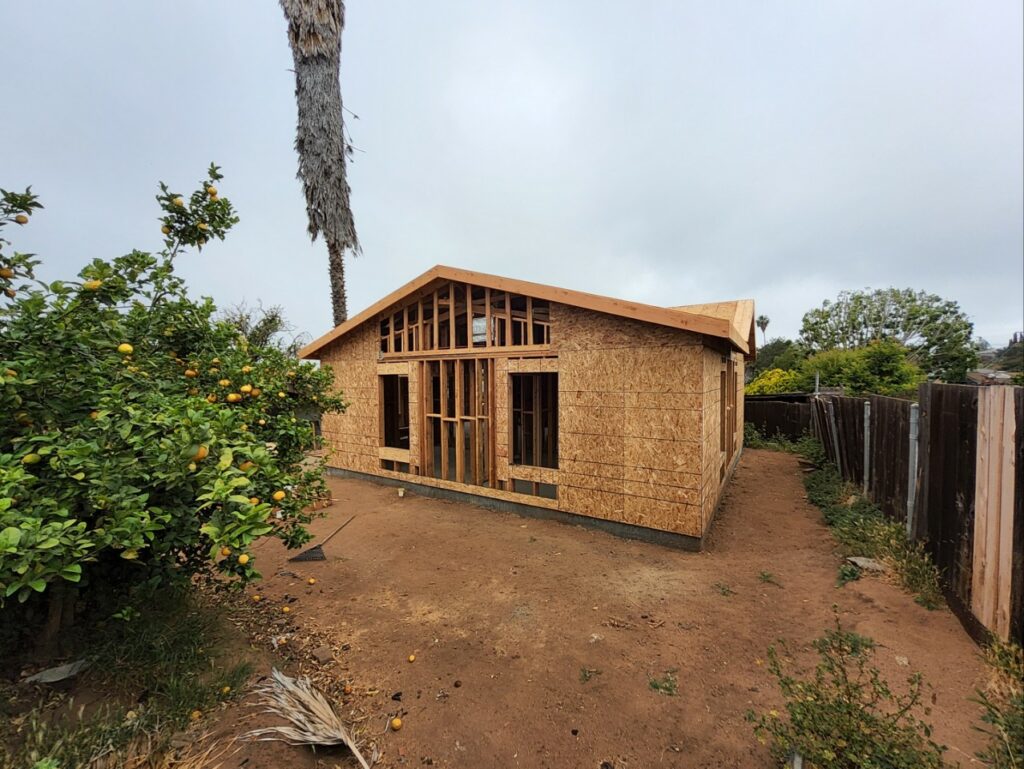
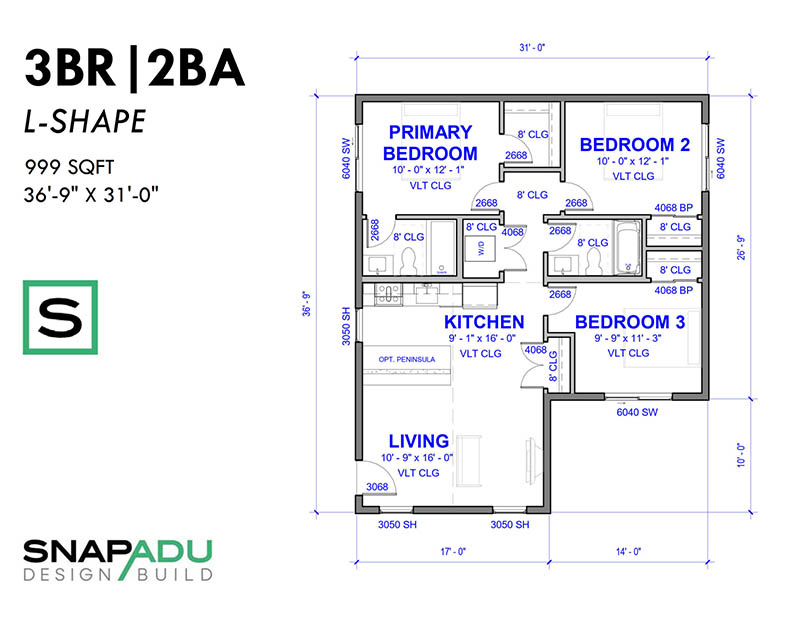
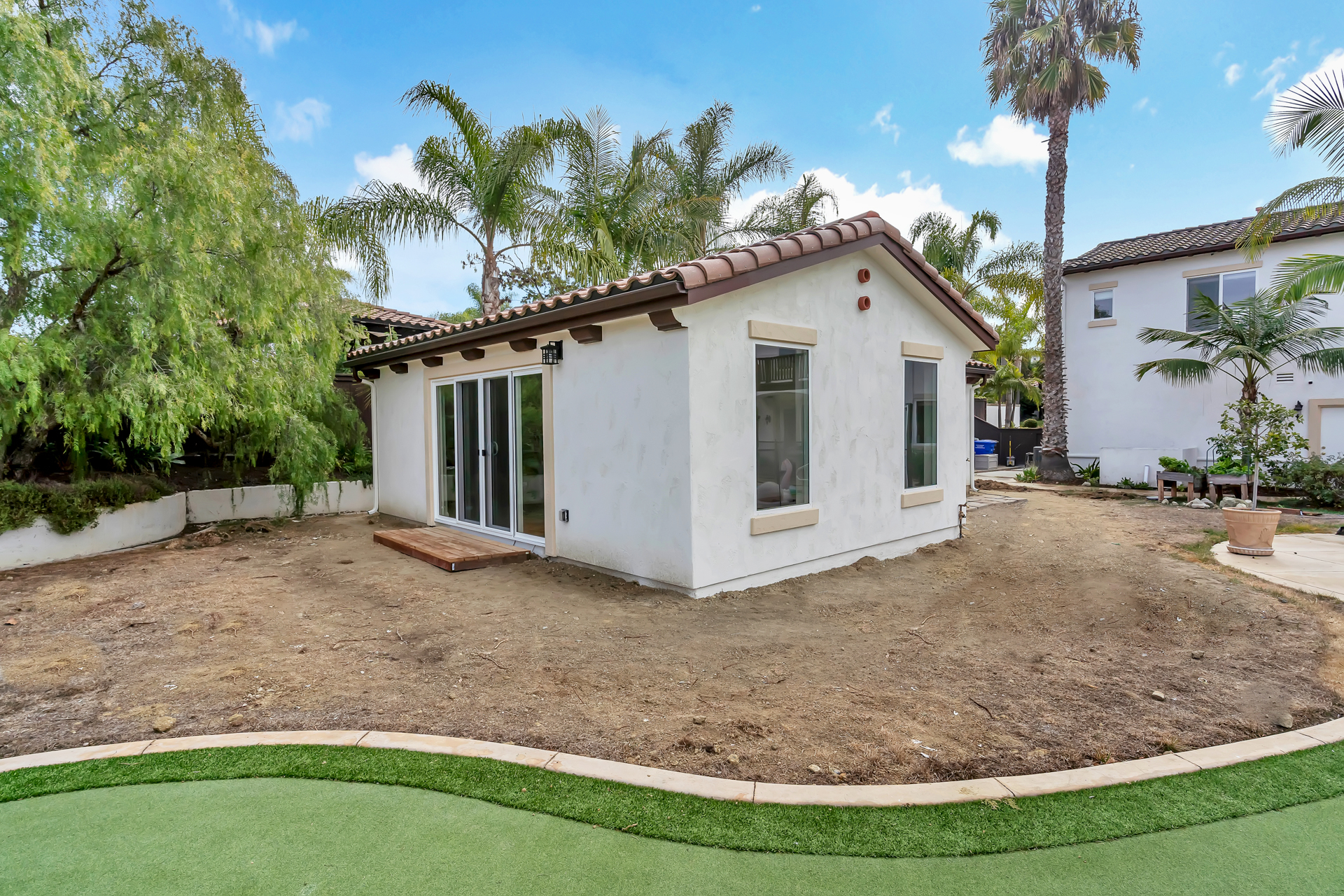
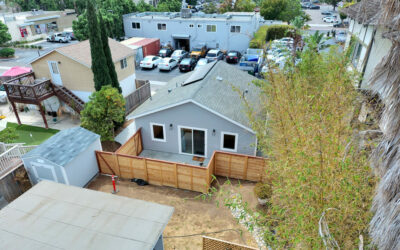
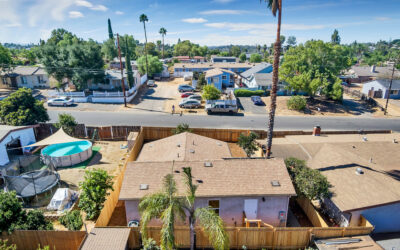

I own 1/3 an acre which my home is on. The front yard is 3 times larger than the back. Can we build in the front of the home?
Your ADU would need to adhere to front yard setbacks, unless there is truly no space for at least an 800 sqft elsewhere on the property. We are happy to look into your specifics of your property, use our contact form!
We are trying to build a home on my grandparents .55 acres the current home is less than 1200 square foot and we want at least 1800 square foot. The house is from 1950 would it be possible to build our home then covert the original to an adu, it meets all requirements
Yes! Depending on your jurisdiction, the exact process will look different, but you should be able to change the status of the existing home (to an ADU) as part of the planning process for the new home.